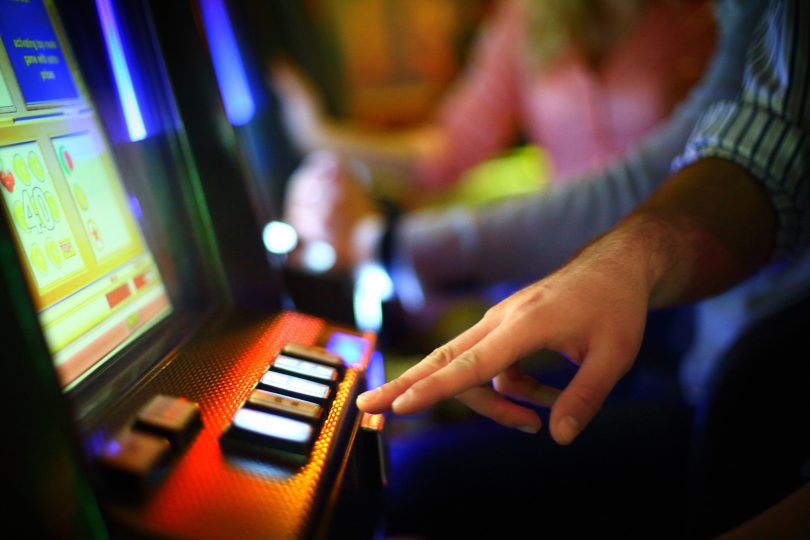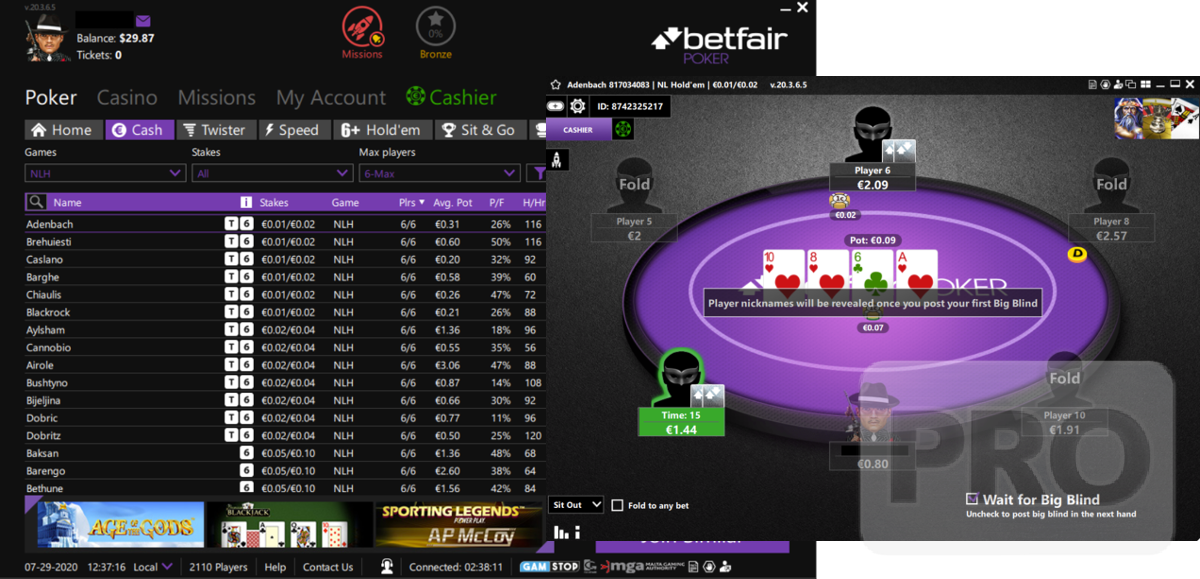Poker Policy Bid
Posted By admin On 28/03/22This page is partly based on a contribution from Alan Holdsworth.
Poker.report is for sale on Above.com Marketplace. We respect your privacy and will never sell or misuse your contact information. If there is a bet, anyone left to act can raise by putting in more money than the original bet. In most games, the size of the raise must be at least the size of the original bet. For example, if someone bets $10, you must raise it at least $10, making the total the next player has to call $20. In the poker chart below you see K-7 suited (suited = two cards of the same color, i.e. 3 of hearts and 7 of hearts) and you see that this hand can be played in late or middle position. Since you are the 6th player to the left of the dealer button, you are in middle position and can therefore play the hand.
These bets trigger the action in a hand, since there is something already in the pot for all the players to win. Typically the player to the immediate left of the dealer will place a small bet equivalent to half the full bet for that round. This is known as the small blind. The player to his left will then place a full bet for that round. The most advanced Poker Odds Calculator on the web. Know your probability of having a winning hand against one or many opponents in Texas Hold'em.
Introduction
Poker Policy Bidang
German Whist is an adaptation of classic Whist for two players. There is nothing German about it - as far as I know it is of British origin.

Players and Cards
This is a game for two players only, using a standard pack of 52 cards ranked A(high) K Q J 10 9 8 7 6 5 4 3 2 (low) in each suit.
Poker Policy Bidding

Deal
The players agree who should deal first, and the turn to deal alternates after each hand. The deal is 13 cards each, dealt one at a time. The stock of undealt cards is placed on the table, face-down except for the top card which is turned face-up and placed on top of the stock. The suit of this face-up card determines the trump suit for the hand.

Play
The play is in tricks and consists of two stages: in the first stage the players compete to win good cards from the stock to add to their hand; in the second stage, when the stock is empty, the object is to win the majority of the tricks. The non-dealer leads (plays the first card) to the first trick.
A trick consists of one card played by each player. The person who plays first to a trick may play any card, and the other player must play a card of the same suit if possible. Having no cards of the suit led, the second player may play any card. If both cards are of the same suit, the higher card wins the trick. If they are of different suits the first player wins unless the second player played a trump, in which case the trump wins.
When you win a trick you must take the face-up card from the top of the stock and add it to your hand. The loser then takes the next card of the stock, which is face-down, without showing it to the winner, so that both players again have 13 cards in their hands. The two cards played to the trick are turned face down and set aside, the top card of the remaining stock is turned face-up. This does not change the trump suit - the suit of the card turned up at the start of the play remains trump until all the cards have been played. The winner of the trick just played leads a card to the next one.
Play continues in this way until, after 13 tricks have been played, there are no cards left in the stock. The winner of the 13th trick leads, and the play continues without replenishment until after 13 more tricks both players run out of cards. In this second stage each player keeps the tricks they won in front of them, and whoever wins the majority of the 13 tricks of this second stage wins the hand.
Tactics
Poker Policy Bids
Notice that tricks won in the first stage do not count towards winning the game; the sole aim in the first stage is to collect cards that will enable you to win the majority of tricks in the second stage. Therefore you only try to win a trick if you judge that the exposed card on top of the stock is likely to be better than the card underneath it. For example if hearts are trumps and the exposed card is the 5 you would definitely try to lose the trick, as the next card is likely to be better. Even if the exposed card is average (say the J) you would not use a high card to win it, as all this would achieve would be to replace a high card in your hand by an average one.
Variations
In the game described above, the requirement to follow suit in the first stage of the game cannot be enforced in practice. In many cases, a player who later produces a card of the suit he previously claimed not to have could have drawn that card from the stock. Therefore the game is often played without the requirement to follow suit in stage 1 - in this stage the second player may play any card, though only a higher card of the same suit or a trump wins the trick.
Some count all the tricks towards winning, rather than just the tricks in stage 2. The player who wins the majority of the 26 tricks wins, and if each player takes 13 the game is drawn.
Jonny Groves has developed a variant Honeymoon Whist that incorporates both the above variations and adds two jokers to the deck.
Software
Malcolm Bain's German Whist program for Windows is available from Card Games Galore.
A shareware program for playing German Whist against your computer or an online opponent can be downloaded from MeggieSoft Games.
Policy Bid Poker
PyGermanWhist is a free German Whist game that can be played against the computer.